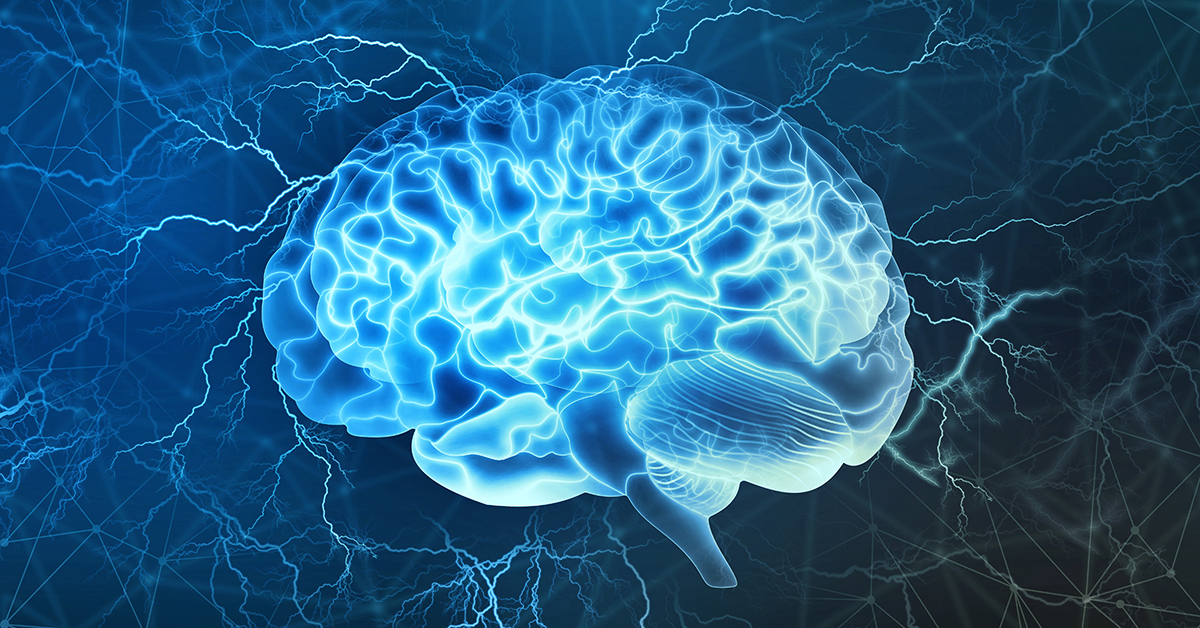
Migraine is more than just a bad headache. It is a neurological disease that has subtypes that may present with a variety of symptoms beyond head pain. There are several types of migraine that have different characteristics.
8 Types of Migraine
1. Migraine without Aura (Common Migraine)
Migraine without aura is also called common migraine. Symptoms include pulsing or throbbing pain on one side of the head. Sensitivity to light (photophobia), sensitivity to sound (phonophobia), nausea, and vomiting are also symptoms of this type of migraine. Pain may worsen during physical activity. Symptoms typically last between 4 and 72 hours. If the attack lasts beyond 72 hours, it is referred to as status migrainosus.
2. Migraine with Aura (Classic Migraine)
Migraine with aura is a type of migraine that includes symptoms like sensory and visual changes. These visual changes are referred to as an “aura” and can include seeing spots, zigzags, or flashes of light. Other symptoms may include difficulty speaking clearly or tingling and numbness on one side of the body. These symptoms can last anywhere from 10 to 60 minutes. Often these symptoms are a signal that a severe headache is about to occur.
3. Silent Migraine
A silent migraine may also be called an Acephalgic Migraine. This type of migraine does not include head pain as a symptom. Instead, people experience an aura, visual disturbances, dizziness, nausea, or other migraine symptoms. Silent migraine often affects people who get other types of migraine as well and it can be brought on by the same triggers.
4. Hemiplegic Migraine
This type of migraine has symptoms similar to a stroke. People who have hemiplegic migraine experience weakness on one side of the body, loss of sensation, and/or a sensation described as “pins and needles” on one side of the body. Someone having a hemiplegic migraine may also experience visual aura symptoms but no head pain. These episodes can for just a few hours or for several days.
5. Retinal Migraine
A retinal migraine is a type of migraine that causes visual disturbances in one eye before the headache phase of the migraine attack. Visual symptoms may include temporary blindness, seeing twinkling lights (scintillations), or having areas of decreased or lost vision (scotoma). The headache phase of the migraine begins within 60 minutes of the visual symptoms. According to the American Migraine Foundation, retinal migraine is most common in women during their childbearing years.
6. Menstrual Migraine
If an individual has severe headaches accompanied by other symptoms of migraine that occur between 2 days before their period and in the first 3 days of flow, they may be menstrual migraines. Menstrual migraine is triggered by the drop in estrogen levels that occur just before a menstrual period. True menstrual migraine headaches only occur before the menstrual flow, but many women who are migraine suffers may experience headaches both around their menses at at other times. Your neurologist may be able to adjust your therapy based on your pattern.
7. Abdominal Migraine
Abdominal migraine is typically seen in children between the ages of 5 and 9 but can occur in adults as well. Children who experience abdominal migraine may experience other types of migraine as adults. Abdominal migraine typically consists of abdominal pain, nausea, and vomiting as primary symptoms. The pain can be moderate to severe and is usually located in the middle of the abdomen and is often described as a dull or “sore” type of pain. Attacks can last between 2 and 72 hours.
8. Chronic Migraine
According to the International Headache Society, chronic migraine is defined as a headache occurring on 15 or more days per month for more than three months. And on at least 8 days per month, the headache must have the features of migraine headache. This tends to be the most debilitating form of migraine and one of the most disabling afflicting humanity. Many people who have this type of headache, forget about the daily headaches that they experience, and only “count” the severe migrainous headaches, and don’t realize that they have chronic migraine. Fortunately, although this condition is quite debilitating, it is also quite treatable, and there are even specific therapies that are developed just for chronic migraine. If you think that you have chronic migraine, it is important to see your neurologist.
Regional Neurological Associates is happy to report we are reopening to see patients in-office for conditions like migraine. Patients can now make same-day appointments and expect to be treated with the best care and attention. Our current office hours are: Monday – Friday from 9 am – 4 pm. If you have questions or concerns about your neurological health, call us at (718) 515-4347 to make an appointment.
While we are pleased to be seeing patients in the office again, we ask that anyone experiencing symptoms like fever, cough, or shortness of breath reschedule your appointment or schedule a telemedicine appointment. Please contact our office to change your in-person visit to a Telehealth visit (718) 515-4347.







